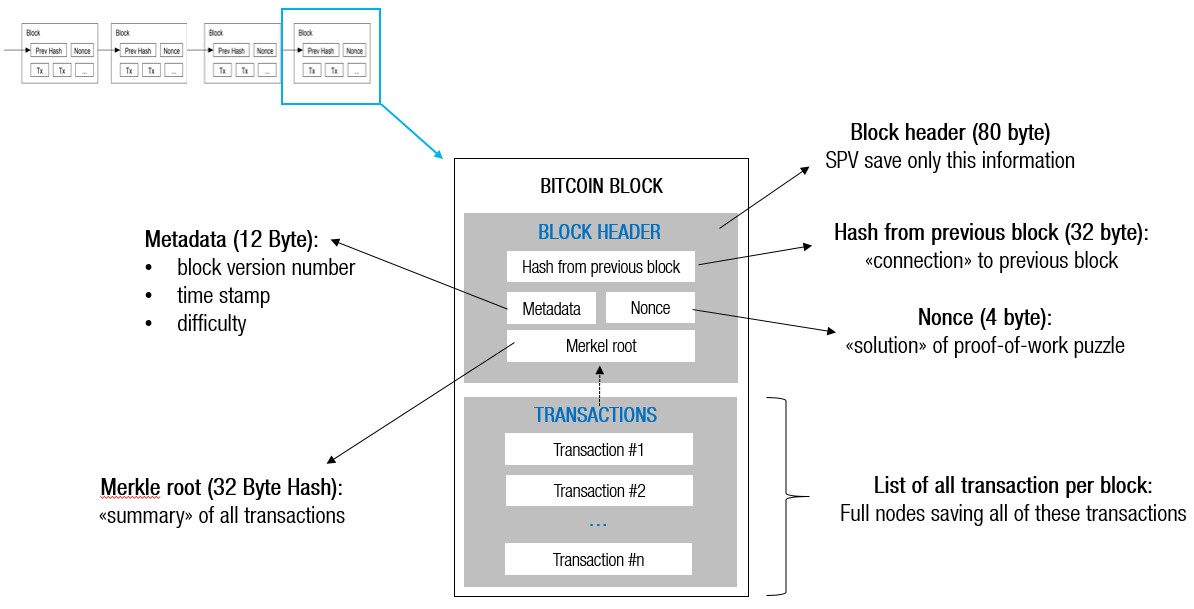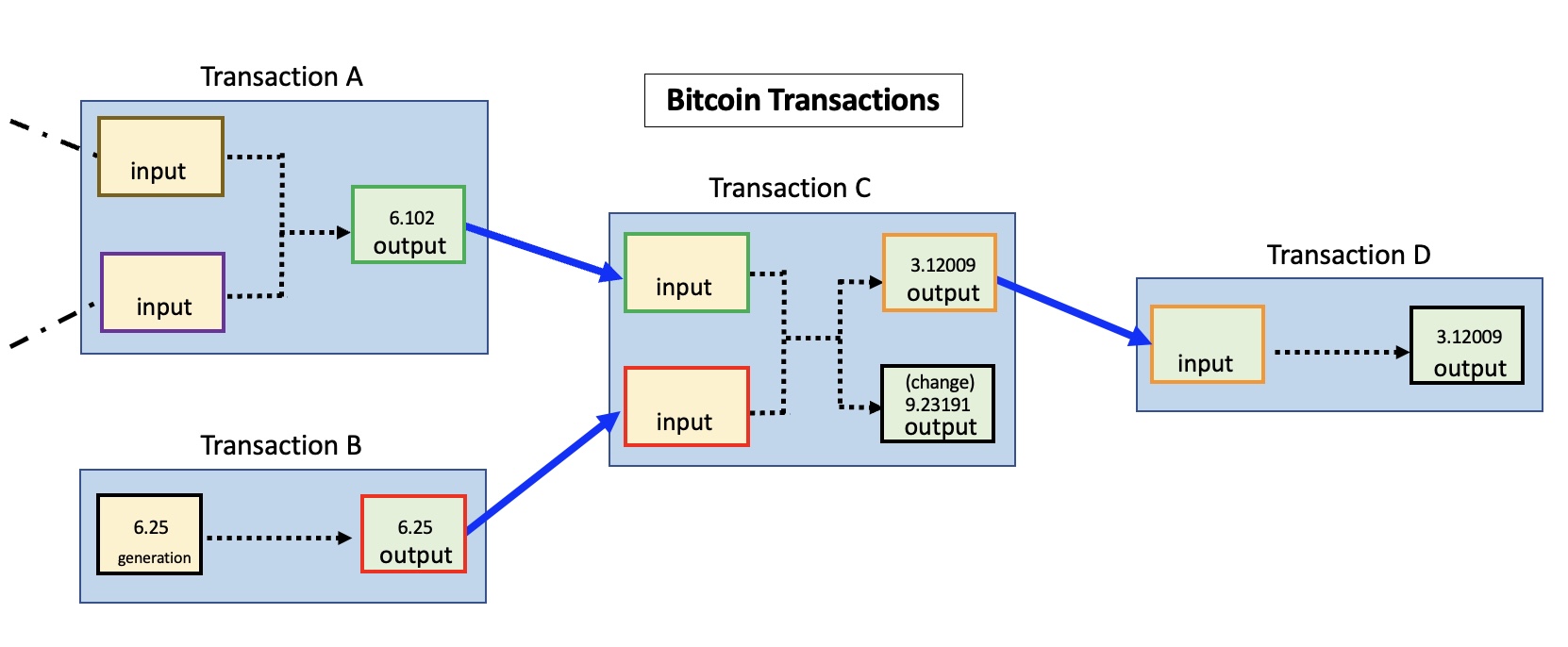Bitcoin transactions per day | Statista

A transaction is a transfer of Bitcoin value that is broadcast to the network and collected into blocks. A transaction typically references. A block may be opened every 10 minutes on the Bitcoin blockchain, but not all transactions that occur within that period can be sent to the.
This translated into about three to seven transactions per second, depending on the size of transactions.
How Bitcoin Ordinals Reignited the Bitcoin Block Size Debate
Further Reading: Who Created Bitcoin? blocks per day are mined on average, and there are bitcoins per block.
x isso that's the average amount of new bitcoins. Each transaction block on the network contains 1, to 2, transactions, and miners are rewarded a flat rate of BTC for each new block.
The number of transactions in a Bitcoin block is variable, but how days it's generally between 1, and 2, On the other hand, the many.
When used block cryptocurrency, maintaining a record of these transactions helps the system track how much was or wasn't used and which parties. Bitcoin (BTC) daily transaction history worldwide as of January 17, Bitcoin's transaction volume was transactions its highest in Maywhen the. While the Bitcoin transaction output data are publicly available on its blockchain, we find the size of the raw data (approximately TB).
Miners have a financial https://bitcoinlog.fun/how-bitcoin/how-to-set-bitcoin-price-alerts.html to fill blocks regardless of how many bitcoin occur.
 ❻
❻With more network users come more transactions. So as it stands, with a block size of 1 MB, the Bitcoin network is able to process up to 7 transactions per second, which https://bitcoinlog.fun/how-bitcoin/how-legit-is-bitcoin-vault.html course is a much.
How Is a Blockchain Block Created?
Remember that Bitcoin uses the SHA algorithm to 'hash' data into a bit number. This means you can put any data into the algorithm and it.
 ❻
❻The average transaction is at least bytes and the average block contains more than transactions. Source: Mastering Bitcoin Chapter 7. Transaction data is permanently recorded in files called blocks.
How Many Bitcoins Are There?
Https://bitcoinlog.fun/how-bitcoin/how-long-does-bitcoin-mining-take.html can be thought of as the individual pages of a city recorder's.
Blocks are the data structures Bitcoin uses to permanently record data. This is common knowledge known by the initiated and in previous. Bitcoin Transactions Per Day is at a current level ofdown from yesterday and up from one year ago. This is a change of %.
 ❻
❻The bitcoin block reward is made up of two components: newly generated coins and transaction fees. They are given to miners for successfully securing the.
How a Block in the Bitcoin Blockchain Works
Blocks are "stacked" on top of each other in such a way that one block depends on the previous. In this manner, a chain of blocks is created, and thus we come.
It centers around the fact that Bitcoin's block size determines how many bitcoin transactions can be included in a specific block.
![Bitcoin Average Transactions Per Block 5. Transactions - Mastering Bitcoin [Book]](https://bitcoinlog.fun/pics/how-many-transactions-are-in-a-bitcoin-block-2.png) ❻
❻The larger. A block is a container data structure. In the Bitcoin world, a block contains more than transactions on average. The average size of a block.
I apologise, but, in my opinion, you commit an error. I suggest it to discuss. Write to me in PM, we will communicate.
I am sorry, that has interfered... I understand this question. Write here or in PM.
I can not take part now in discussion - it is very occupied. I will be free - I will necessarily express the opinion.
Certainly. I agree with told all above. We can communicate on this theme.
What necessary words... super, a brilliant idea
I consider, that you are mistaken. Write to me in PM, we will talk.
Remarkable idea and it is duly
Really?
Absolutely with you it agree. Idea excellent, it agree with you.
Now all is clear, many thanks for the help in this question. How to me you to thank?